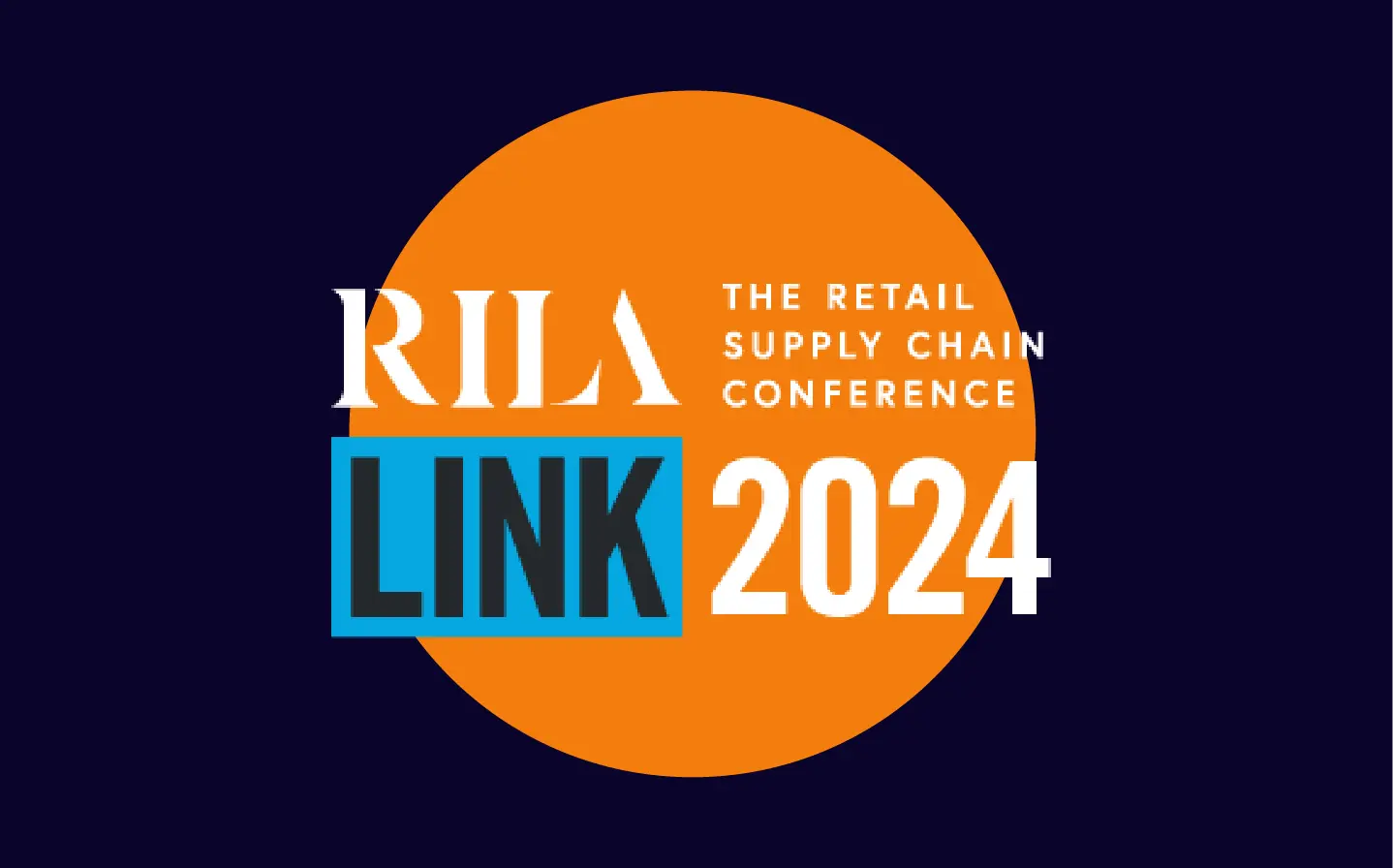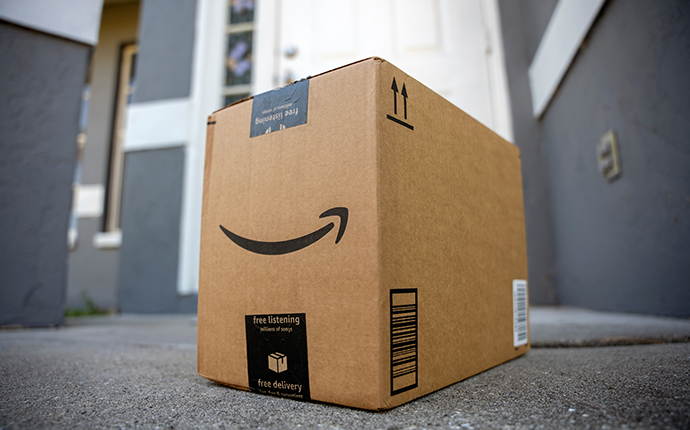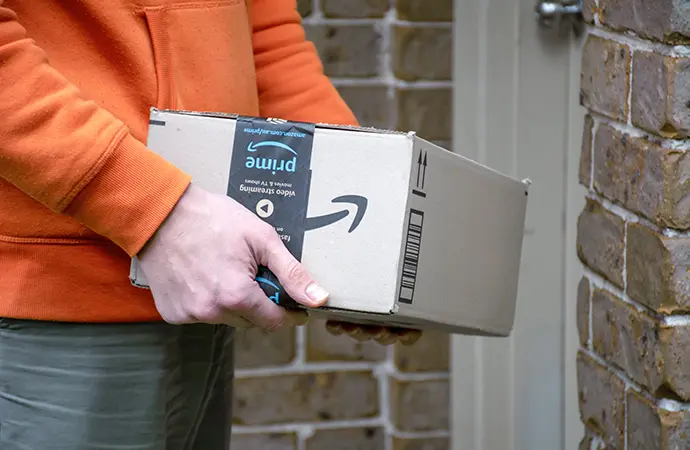Public criticisms, shifting verbal deadlines, practice pickets… and now, a historic contract.
UPS and the Teamsters have had an eventful summer.
After closely watching their negotiations for a new labor agreement unfold for months, parcel shippers are letting out a collective sigh knowing that a strike – which would have undoubtedly crippled supply chains – has been narrowly avoided.
Though UPS evaded the worst-case scenario, the agreement, coupled with business lost due to strike fears, will have massive repercussions on the business. Repercussions which will inevitably be felt by parcel shippers.
Here’s what you need to know about the new Teamsters contract, how it could impact your business, and what to expect in the near future.
Highlights of the New Agreement:
The new National Master Agreement was no small investment from UPS. In fact, their total monetary commitment is estimated to be around $30 billion.
Some of UPS’ concessions are purely economic. Others are operational tweaks. All will impact shippers, whether through rate increases or changes to services available in the future.
Here are some highlights of the agreement:
1. Wage Increases
Both full and part-time Teamsters UPS employees will see wage increases over the 5 year duration of the new contract. Each employee who’s reached “Seniority Status” (having worked at least 30 days in a 120-day period from their hiring) will see an increase of $7.50 per hour over the course of the contract – kickstarted by a $2.75 per hour increase in 2023.
Consider that the Teamsters represent roughly 340,000 UPS employees, and the magnitude of these hourly increases becomes clear.
Pay for part-time employees was a major focus for Teamsters leadership, and a key cause in the two-week hiatus in negotiations. Under the new agreement, part-time employees will see wages automatically jump to $21 an hour (if they were below that). New part-time hires will also begin at $21/hour.
2. Commitment to More Full-Time Positions
It’s usually in a company’s best interest to fill full-time roles with existing part-time staff, and UPS and the Teamsters both see the value in this practice. However, a hard commitment to a specific number of positions to be created and/or filled can signal a massive investment.
Under the new agreement, UPS is contractually obligated to offer part-time Teamsters the chance to fill at least 22,500 full-time roles over the next five years. Part of this agreement includes the creation of 7,500 brand new full-time roles.
3. SurePost Package Eligibility Changed
In an effort to increase work available to union delivery drivers, the Teamsters successfully negotiated limitations on packages eligible for delivery by the U.S. Postal Service through the SurePost offering.
UPS will now use technology to redirect SurePost packages weighing over 10 lbs or exceeding two cubic feet to union trucks. Teamsters President Sean O’Brien has said these changes will “put millions of packages back onto our package cars.”
4. Fleet Upgrades
Heat protection was another key focus of the Teamsters, and something UPS was working to address well before the contract negotiations officially kicked off. With the new contract, UPS is taking extensive measures to protect their drivers from intense working conditions, introducing air conditioning, fans, and “heat barriers” for trucks’ cargo areas.
Upon the contract’s ratification, UPS has 30 days to install fans in the cabs of existing package delivery vehicles. Moving forward, all new vehicles must include air conditioning, and UPS is expected to replace 28,000 package cars over the contract’s five-year period (roughly 22% of their entire package-delivery fleet).
5. “22.4” Eliminated, Part-Time Flexibility Tweaked
During the 2018 contract negotiations, UPS created the “22.4” classification, a seniority-tier for more flexible part-time drivers that worked Tuesday through Saturday. The Teamsters viewed this second classification as an unfair loophole to pay drivers less money for the same work.
The new contract eliminates the 22.4 classification, meaning any existing 22.4 drivers will now be categorized, and paid, the same as all other UPS drivers.
In one of a few concessions made by the Teamsters, UPS is allowed to hire seasonal delivery drivers to meet peak demands. The Teamsters had strongly opposed the hiring of these seasonal, “watered-down gig economy” personal vehicle drivers, but UPS maintained the right to hire them and preserve demand flexibility. New to this contract, however, is the Teamsters’ right to access these employees and recruit them to the union.
Crisis Averted, but at What Cost?
The Teamsters made it clear to UPS that if they wanted to avoid a work stoppage, they’d need to pay up. And pay up they did. Wage increases, new positions, technology investments, and systems changes and training will all add up.
New investments aren’t the only thing from this process costing UPS, however.
Fears of a potential strike caused some UPS clients to shift volumes to other carriers, and UPS even admitted to losing more business than they’d expected. In their Q2 earnings call, it was revealed that volumes fell by roughly 2.2 million packages a day YoY in Q2, a 9.4% decrease.
According to CEO Carol Tomé, FedEx, the USPS, and a combination of other carriers each took about one-third of the lost volume.
In the call, UPS shared they’d lowered their expectations for full-year revenue to $93 billion, down $4 billion from their Q1 projections. Operating margins have dropped as well as they account for new costs from their tentative Teamsters agreement. UPS now estimates that their full-year operating margin will be 11.8%, a 1% drop from earlier projections.
How UPS Plans to Recover
UPS didn’t waste any time in taking actions to account for lost volume. In Q2, they introduced new network planning technologies to increase flexibility in the face of volume fluctuations. The new tools match declining volume with network capacity opportunities and shift volume from non-automated to automated hubs. With this, UPS cut labor by roughly 10% during Q2, which helped match the 9.4% decline in daily package volumes. With massive investments being made in their workforce, expect UPS to invest in more technologies that allow them to maximize the efficiency of that labor.
Those investments will require revenue increases in other areas. Shippers have become accustomed to historic General Rate Increases (GRI) in recent years, with last year’s 6.9% average increase from UPS and FedEx being the highest on record for each carrier. With $30 billion in investments and increased operating costs looming, don’t expect this year to be any different. Sifted is predicting UPS’ 2024 GRI to match or exceed last year’s 6.9% average.
While base rates and accessorials are likely to increase, expect UPS to get aggressive with winning back business. The company is promoting their strong on-time performance levels, speed advantage over other carriers in numerous markets, and affordable options – such as the aforementioned SurePost service – to try to regain lost volume. Additionally, they’ve set up a “control tower” to help seamlessly onboard new volume.
Notably, Tomé believes that nearly all lost volume can be won back by the end of the year.
What Should Shippers Do?
It’s impossible to know exactly what the GRI will entail until it comes out, but FedEx’s announcement of a 5.9% base increase complicates things for UPS.
Historically, the two have been a near-guarantee to announce identical average GRIs, but with inflationary pressures, as well as their massive labor investment, many experts (ourselves included) have predicted that UPS’ GRI rate will meet or exceed last year’s 6.9% average. With FedEx announcing a lower increase (5.9%), will they match them to avoid any more negative business impacts, or will they opt for a higher increase to meet their higher operating costs? Only time will tell.
Ultimately, the most important aspect of preparing for any GRI is remembering that the “G” stands for “General,” and that the announced number is simply an average. Depending on your negotiated rates, and what services you use the most, your effective rate increase will likely be far different than the announced average.
Rather than taking this number at face-value, dive deeper into specific service rate increases, accessorial fee increases, different accessorial triggers, and more. Compare these to your own shipping profile, and you can project out how much the new rates will cost you. With this info, you can make necessary adjustments to limit the GRI’s impact.
Meanwhile, UPS will be looking to increase the package volume in their network. Whether you’re a UPS shipper looking to restructure your contract, or a potential new client looking to diversify, strike while the iron is hot. The normalization of COVID-level volumes have seen a slow shift back to a shipper’s market, but that won’t last forever. The timing is the best it’s been in years to negotiate with a carrier, and with UPS saying they believe they can win lost volume back by the end of the year, the next few months may see some extremely aggressive pricing terms when negotiating.











